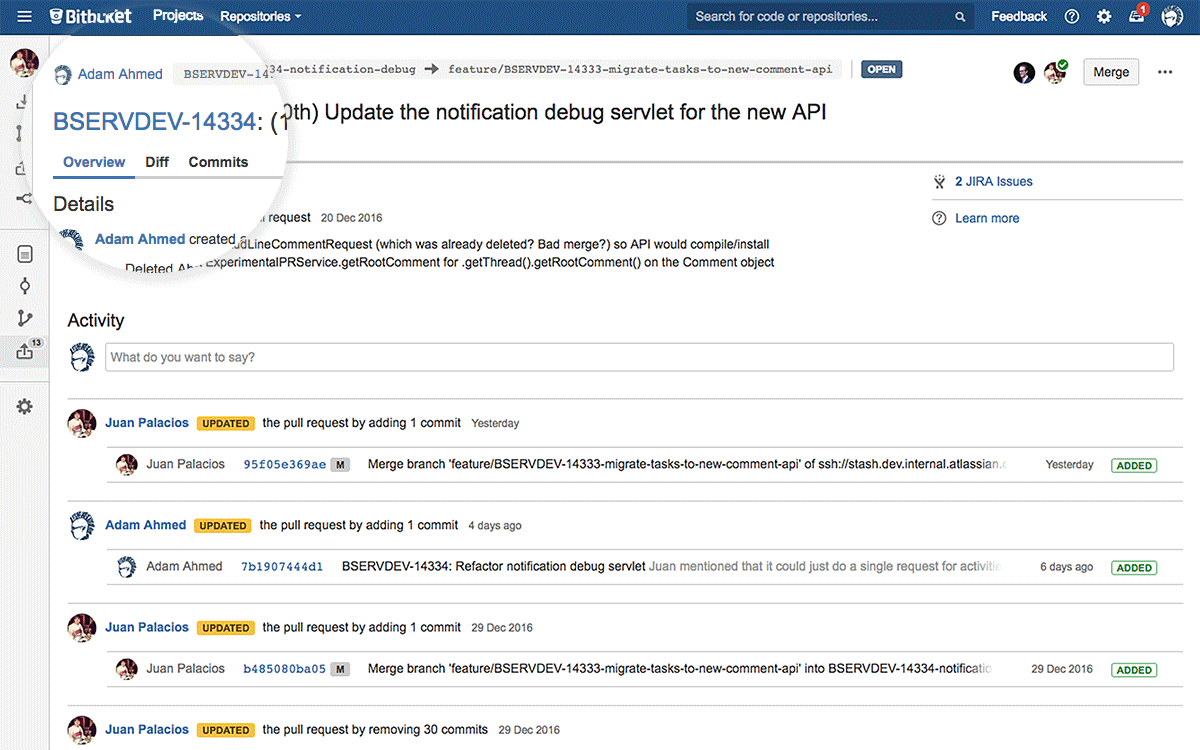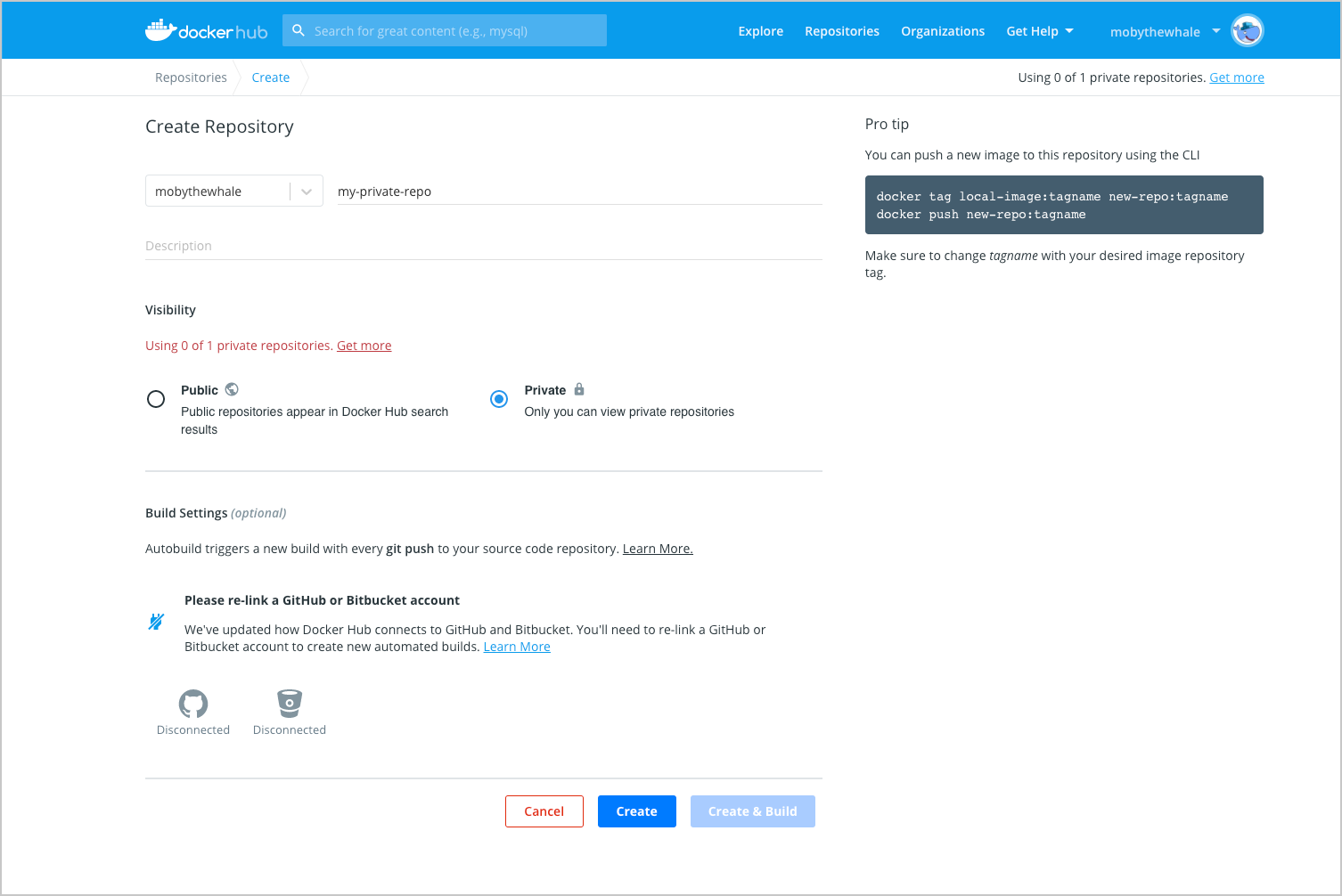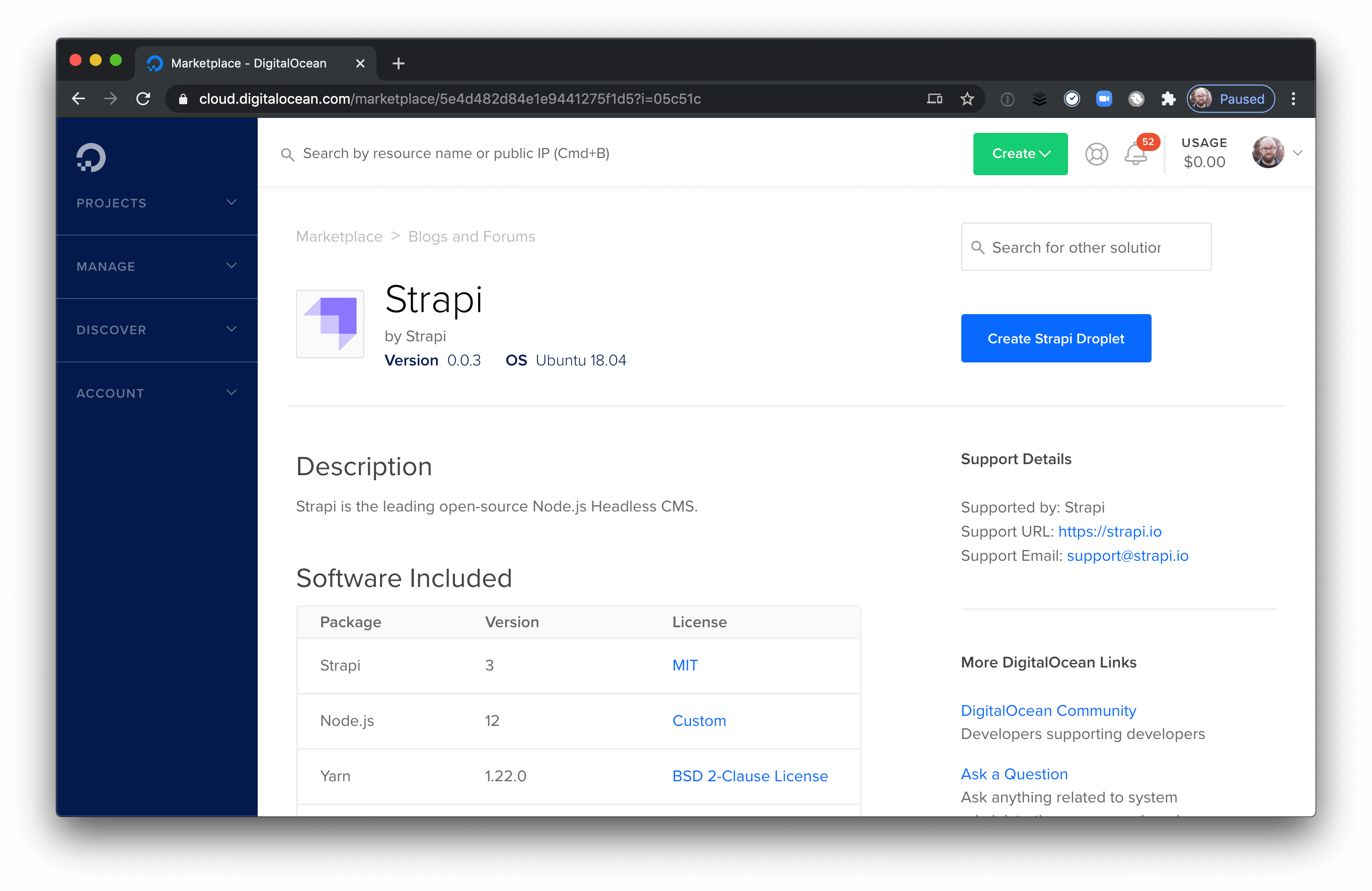

- #How to set up bitbucket digitalocean how to#
- #How to set up bitbucket digitalocean install#
- #How to set up bitbucket digitalocean manual#
- #How to set up bitbucket digitalocean code#

You will be asked a few questions, remember to let the passphrase empty (at the time when I wrote this article, CircleCI requires an empty passphrase). Generate an SSH key pair which we will be using throughout this tutorial by executing this command on the terminal: ssh-keygen -t rsa -C “ ” Configure the remote server so that CircleCI can perform the deploy job → Now, CircleCI is able to perform the build job specified in the config.yml file.Ģ.
#How to set up bitbucket digitalocean how to#
circleci at the root of your project, add config.yml file to this folder with the following content:įor a more detailed specification of how to configure CircleCI, please refer to this document.Īdd your Bitbucket repo to the CircleCI project Configure CircleCI to track commits on Bitbucket repoĬreate a folder named.

#How to set up bitbucket digitalocean install#
On this server, you must install git, Node.js, and pm2 (recommended tool to manage Node.js processes)ġ. Remote server that you can connect via SSH. Node.js project stored in a Bitbucket repo Developers can also deploy to AWS, Azure, Google Cloud, Heroku, and many other clouds hosting services.

In conclusion, CircleCI is a lightweight CI/CD platform that supports almost every programming language out of the box. When it comes to configuration, with CircleCI, the yml syntax is clear and easy for developers to read. Secondly, Jenkins interface is rather old and unintuitive, whereas CircleCI’s design is very friendly. Meanwhile, CircleCI is a cloud-native platform, which means you do not need to set up any server, it just runs out of the box. Why choose CircleCI over Jenkins (and other alternatives)īesides many other CI/CD tools, in this article, I only compare CircleCI to Jenkins - the most popular CI/CD tool of all time.įirst of all, and probably the most distinct difference between Jenkins and CircleCI is that you need a server to host Jenkins there, which requires administration knowledge and a considerable amount of time for configuration/customization.
#How to set up bitbucket digitalocean code#
It will check out the latest code, install dependencies and run testsĪfter all, tests are passed, CircleCI deploy code to a remote server via SSH With each commit pushed to the repository, CircleCI will be triggered. Practical scenario:Ī group of developers working on a NodeJS projectĪll code changes from developers are pushed to a Bitbucket repository
#How to set up bitbucket digitalocean manual#
→ This practice of CI/CD significantly reduces the cost of manual operation for developers, hence improve productivity and shorten deployment time. In order words, all-new features, bug fixes, … will be delivered to the hand of testers/users frequently. Then each integration is verified by an automated tool that checks for code style and runs tests before each build.Ĭontinuous Delivery expands upon Continuous Integration by deploying all code changes to a testing environment and/or production environment after the build stage. In this article, I will share with you the concept of CI/CD and apply it to a practical scenario.ĭemo with Node.js - Bitbucket - CircleCI What is CI/CD and why should I use CI/CDĬI/CD stands for continuous integration and continuous delivery.Ĭontinuous Integration is the process in which all code changes from multiple developers are automatically merged into a single shared repository.


 0 kommentar(er)
0 kommentar(er)
